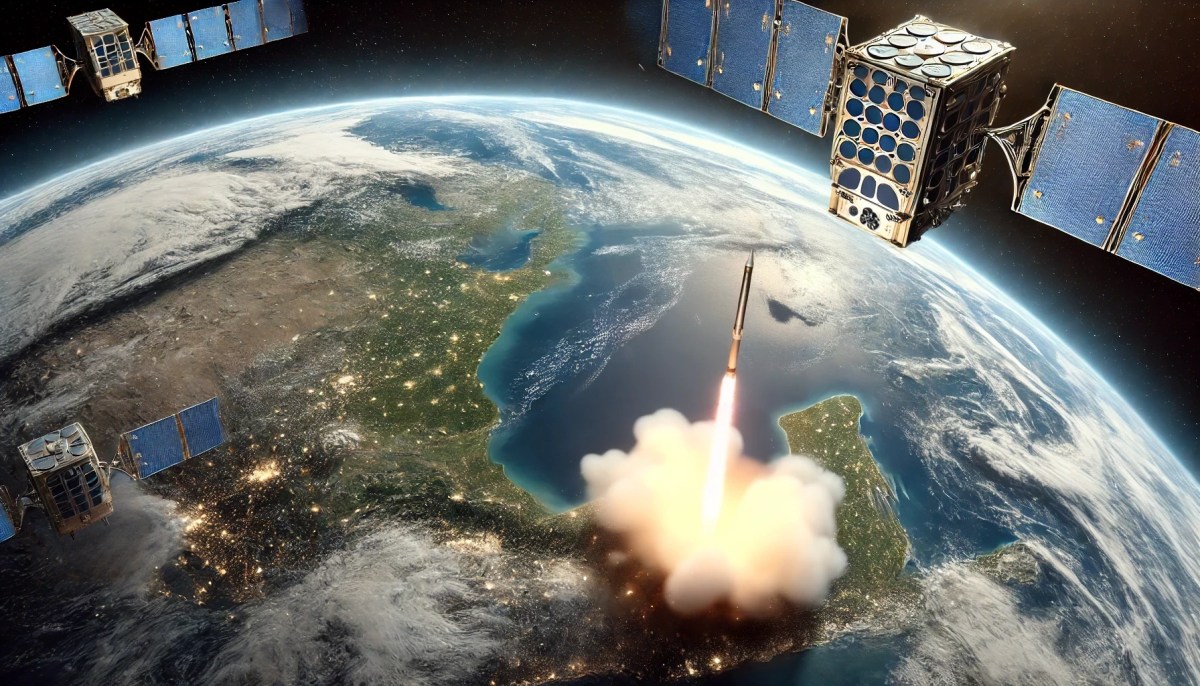The RAND research group, whose aim is to look for ways to fix public policy issues in the United States and make communities safer, healthier and richer, published on June 24 a report called “China’s Growing Risk Tolerance in Space.” It was a detailed study, using open-source information from China’s defense sector. This included leader speeches, white papers, military training documents and writings on People’s Liberation Army strategy and rules. One key finding was that Chinese leaders perceived a global shift, with China rising to overtake the U.S. as the supreme world power. They also found that Chinese military leaders viewed the U.S. as a major threat and didn’t want to work with the U.S. to stop global crises from escalating.
It isn’t surprising, then, that the U.S. and China are closely monitoring what one another does in space. These countries, after all, are the contestants in the new Space Race: the competition to become the world’s dominant space power. It’s certainly true that China, despite being a space-faring nation for decades, has ramped up its defensive efforts in recent years, making major progress in a range of space- areas such as satellite communication, navigation, earth observation, human space flight and space science. The recent and successful landing of a module on the dark side of the moon is testimony to that. And the U.S. has created the U.S. Space Force and the U.S. Space Defense Agency, or SDA – clear indications of how it understands the role of space in the world today.
The rate of China’s progress has been rapid. Recently, Eleanor Olcott, the Financial Times’s China tech correspondent, said in a recent podcast that China was focused on new frontiers: the deep sea, the poles and deep space. Xi Jinping said in 2021 that space power was China’s “eternal dream.” The country’s space station, Tiangong, was built and launched at a speed Olcott calls “extraordinary.” So Beijing is really showing what can be achieved in respect of space where there is ambition, energy and investment.
What is different about this space race, as compared to its Cold War ancestor, isn’t limited to the participants. What we’re seeing are two different approaches to the private sector. China is, for the most part, driving its space ambitions forward from Beijing in a centralized fashion. The big space organizations are state-owned and state-run. The U.S. and Europe, in contrast, are leaning on the vibrancy, diversity and innovation of the private space technology and aerospace sectors, where companies working at the cutting edge of fields like optical communications, earth observation and synthetic aperture radar. Notably, all of these fields have defense applications as well as civilian and commercial applications.
This is a real cultural shift. Partly owing to the regrettable outbreak of war in Ukraine and in the Middle East, defense budgets have been rising and a more pragmatic attitude about the space industry’s role in national defense has prevailed. Practically, this means that governments in the West (an imperfect but still-useful description) have a strong incentive to see the private space sector thrive. When there’s sustained, generous investment in commercial space, entrepreneurs can innovate, growth-stage companies can scale and dual-use technology — commercial technology with military applications — can be developed.
One key example of such a technology is Earth observation. Earth observation provides precise, satellite-drawn information for maritime surveillance, intelligence, mapping and other functions that are absolutely critical to any modern military. Another example is optical communication, the transmission of data via laser, which complements conventional radio technology by sending information at a rate more than 1,000 times faster and in such a way that is, due to the unique properties of laser light, almost impossible to detect, intercept or jam. You don’t have to think very hard to imagine how invaluable such a technology could be in a warzone.
So, the ties between defense and space are strengthening. This says something about the cultural change in how sovereign nations think about procuring the technology they need, and about the reality of war at this point in history. More significantly, it says far more about space, and how it’s becoming the spine of the global economy. Already at the center of navigation, communication and sustainability, space-enabled applications are increasingly showing their critical importance for defense.
Bogdan Gogulan is Managing Partner and CEO at NewSpace Capital, a private equity firm devoted exclusively to growth-stage companies working in the space technology sector. By backing these companies, NewSpace Capital helps them to tackle some of the greatest challenges facing us today, from sluggish productivity to the climate crisis.
